Highway 402, Moncks Corner, S.C.
City Directories and History: This very early church began in 1706 and the house of worship constructed in 1761. It was burned by the British in 1781 and burned again in 1886 during a forest fire.
St. John’s, Berkeley, another of the original ten parishes, has been historically known at Biggin Church (sometime spelled Biggon). Built as it was in 1710 where the west branch of the Cooper River ends in Wadboo Creek and Biggin Creek, the ruins of this church, twice burned, and its ancient tombs now stand between the two streams. The creek was named for Biggin Hill in Kent, near London. The Landgrave, Sir John Colleton, gave the three acres from his Wadboo Barony for the church and yard. The Church and the upper Glebe are described in the title deeds as being situated on Tipicop-Haw Hill. This was corrupted into Tippy-cut-low Hill.
The parish owned two valuable glebes; the upper containing about 110 acres of land, five miles above the church. The lower glebe about four (4) miles above Strawberry, was listed in Dalcho (1819) as “worth from 15 to $20,000.” St. John’s was the largest of the ten original parishes, comprising most of Berkeley County, and being almost fifty miles long. Bishop Thomas suggests “about half the size of the state of Rhode Island.” Accordingly it was divided into lower, middle and upper St. John’s, with numerous Chapels of Ease. These chapels were founded for the convenience of the people in large parishes, in attending public worship, since they lived at great distances from the Parish Church.
The Biggin parish church was in lower St. John’s, as was Strawberry Chapel, ten miles south. Trinity, Black Oak, near the Old Santee Canal lock, now Trinity Church, Pinopolis, was in middle St. John’s; and Epiphany (the Rock’s Church) was in Upper St. John’s. An Act of 1770 authorized a chapel of ease in the upper part of the parish. Dalcho says it was built near Markley’s Old Field behind the Forty-five Mile House on the State Road, twenty- five miles from the Parsonage, afterwards known as Chapel Hill plantation.
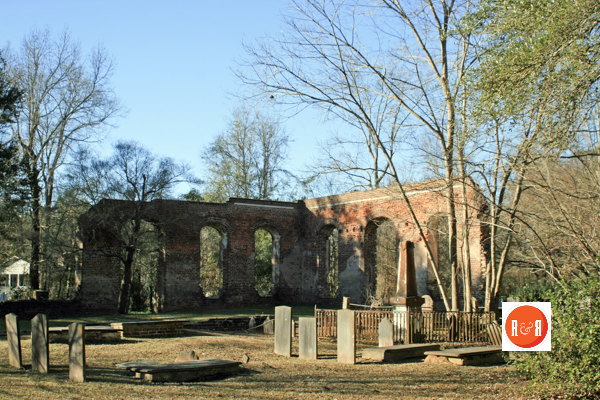
Biggins Episcopal Church (Ruins)
(Information from: Names in South Carolina by C.H. Neuffer, Published by the S.C. Dept. of English, USC)
Stay Connected
Explore history, houses, and stories across S.C. Your membership provides you with updates on regional topics, information on historic research, preservation, and monthly feature articles. But remember R&R wants to hear from you and assist in preserving your own family genealogy and memorabilia.
Visit the Southern Queries – Forum to receive assistance in answering questions, discuss genealogy, and enjoy exploring preservation topics with other members. Also listed are several history and genealogical researchers for hire.
User comments welcome — post at the bottom of this page.

R&R HISTORY LINK: NATIONAL REGISTER – IMAGE(S)
Please enjoy this structure and all those listed in Roots and Recall. But remember each is private property. So view them from a distance or from a public area such as the sidewalk or public road.
Do you have information to share and preserve? Family, school, church, or other older photos and stories are welcome. Send them digitally through the “Share Your Story” link, so they too might be posted on Roots and Recall.
Thanks!
IMAGE GALLERY via photographer Bill Segars – 2004
User comments always welcome - please post at the bottom of this page.




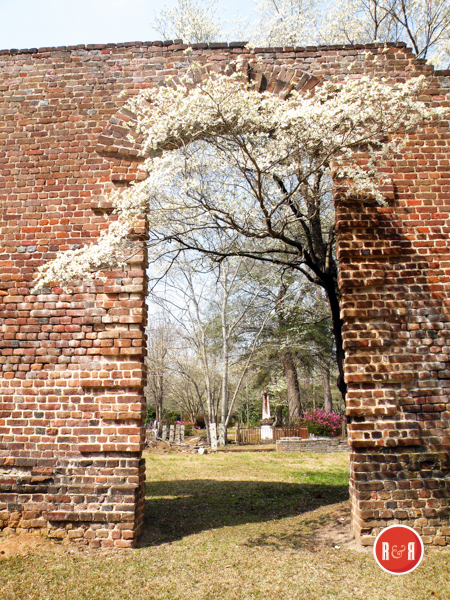


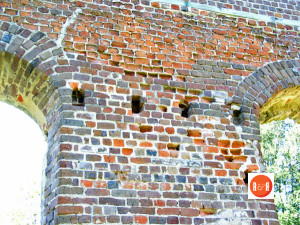
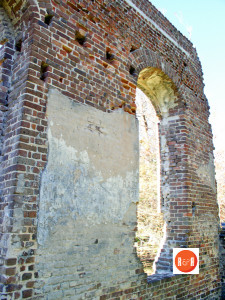
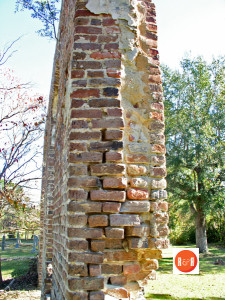
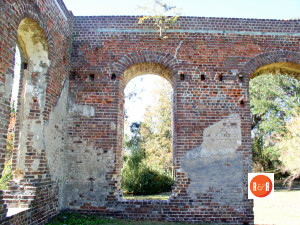
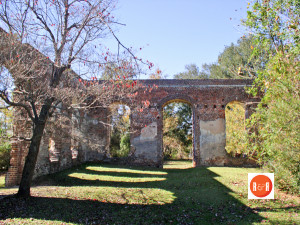
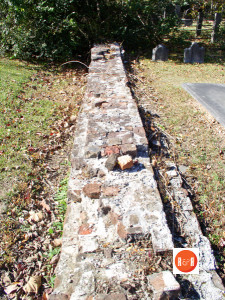
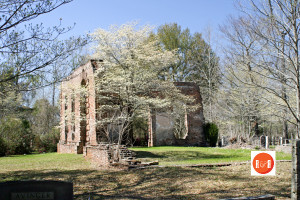
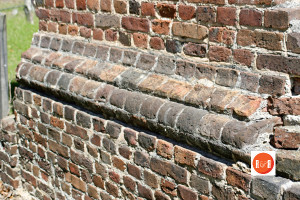
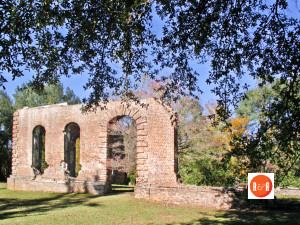


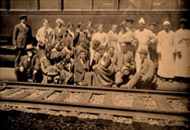
Share Your Comments & Feedback: